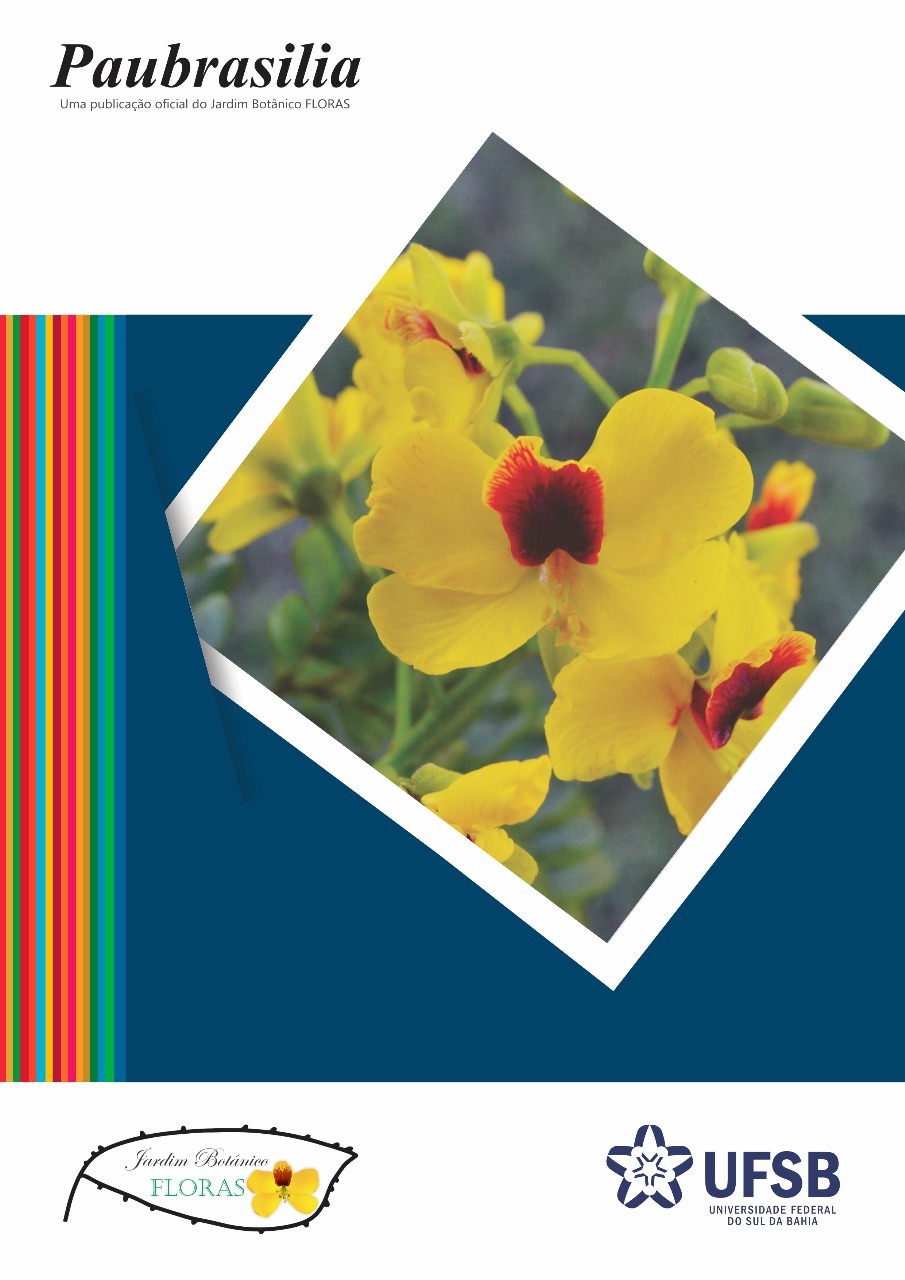Overview and trends in forensic palynology based on a scientometric study in the PubMed database
DOI:
https://doi.org/10.33447/paubrasilia.2025.e0166Keywords:
forensic science, pollen, scientometrics, IRAMuTeQ, MedlineAbstract
Pollen grains found on human bodies, objects, and in the environment can correlate and reveal potential forensic significance. Understanding the evolution of production and scientific information in this field contributes to the real-world application of evidence gathered through research. This study analyzes scientific literature on forensic palynology indexed in the PubMed database to outline a scientometric overview of the area. Bibliometric indicators from the retrieved publications were systematically organized and analyzed descriptively. Simple textual statistics, word clouds, and similarity analyses were applied to the corpus generated from the abstracts of the studies using IRaMuTeQ. The search yielded 73 publications, published between 1997 and May 2022. The most frequently cited terms were pollen (n = 261) and forensic (n = 144). Research in this field expanded from 2006 onward, with a notable contribution from P. Wiltshire, who authored 11 papers, and from the journals Forensic Science International (n = 19), Journal of Forensic Sciences (n = 16), and Science & Justice (n = 8). Forensic palynology research is expanding and can support professional practice in the criminal field.
Downloads
Published
How to Cite
Conference Proceedings Volume
Section
License
Copyright (c) 2025 Agna Souza Silveira, Jaílson Santos de Novais

This work is licensed under a Creative Commons Attribution 4.0 International License.
By submitting manuscripts for publication in the journal, authors expressly agree to the following terms:
1 - Authors retain copyright on their manuscript and grant the right of first publication to the journal, with the work simultaneously licensed under the Creative Commons Attribution 4.0 International License, allowing it to be shared, as long as authorship and initial publication in Paubrasilia are acknowledged, with proper indication of volume, number (if any), page number (or elocation-id), and year in which the paper was published;
2 - Authors are allowed to enter into additional contracts separately, for non-exclusive distribution of the version of the paper published in Paubrasilia (e.g., publishing in an institutional repository or as a book chapter), provided that authorship and initial publication in this journal are acknowledged, with proper indication of volume, number (if any), page number (or elocation-id), and year in which the paper was published.











